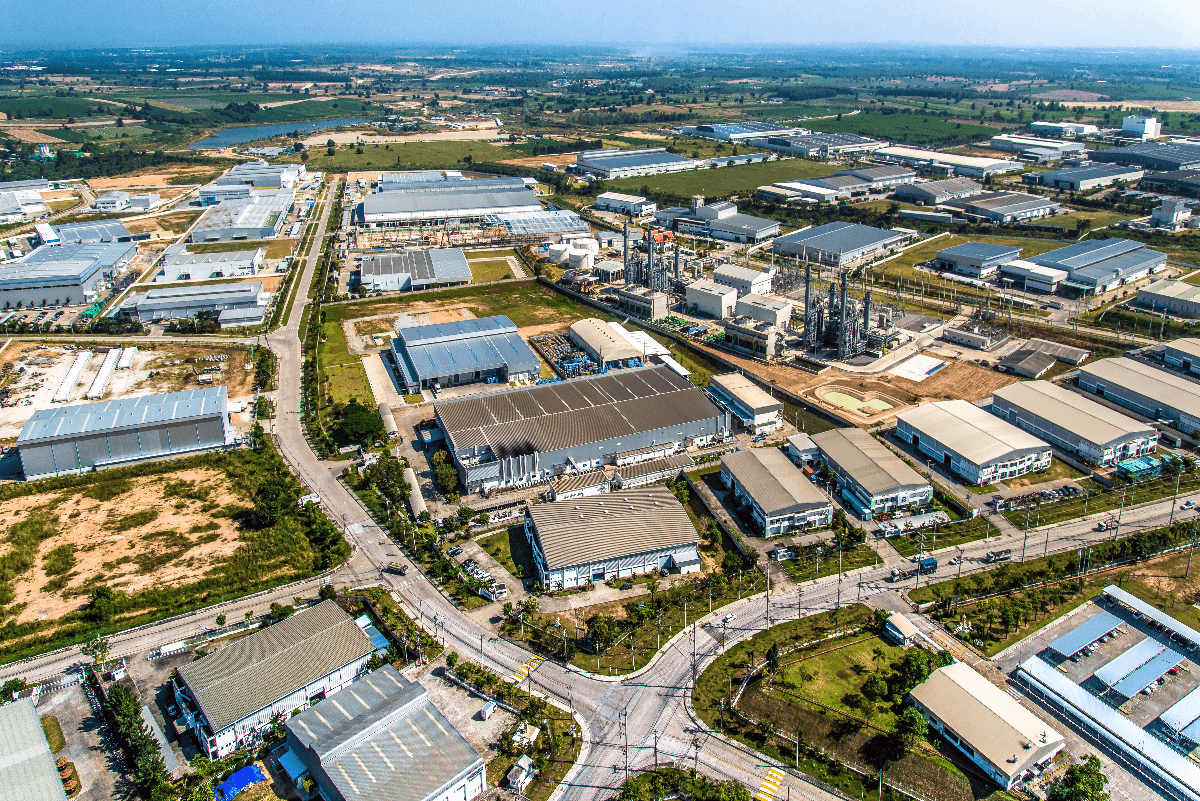The Covid pandemic saw many companies launch or accelerate plans for Direct-to-customer (D2C) ecommerce capabilities to fulfil short-term consumer needs. This has also shown the B2B world how embracing D2C can be a lucrative model and many manufacturers are seeing it as a way to future-proof their B2B business. A December 2020 report from Barclays Corporate Banking forecast that D2C sales were worth £96bn for UK manufacturing in 2020 and are set to grow to £120bn in 2023. Almost three fifths (57%) of those surveyed said they now frequently go direct to manufacturers because they believe they will get a better price (36%) and better service (23%).
There are many benefits to going direct to consumers including the sales of consumables, offering upsells, renewable contracts, control over pricing and brand differentiation. Delivering solutions as we have done for many clients - whether they're audience are business or consumer also delivers better customer experiences and personalisation. Our innovations are based on real-time customer insights and feedback, along with the potential for increasing lifetime value and profitability.
The Covid-19 pandemic has shown that having a D2C channel provides additional flexibility, with the prediction that the shift to online shopping is here to stay. FMCG giant Unilever illustrated the importance of this channel by dedicating one of its strategic pillars for growth in 2021 to its D2C operation and is already seeing strong growth, with ecommerce now accounting for 12% of its business.

Looking ahead over the next 12 months a survey of CMOs in the UK highlighted that 47% of respondents said D2C channels would offer them greater control over how their brand is portrayed, while 43% said they are excited about the valuable first-party data that D2C will offer.
There is also a recognition that there is a need to focus on the proposition rather than compete with retailers. D2C brands should look to not only differentiate themselves, but understand their customers and then deliver value along the entire purchase journey, from when customers first encounter them right through into the post-purchase relationship.
However, creating a competitive D2C offering may require a significant overhaul and requires a viable business model. Many of those leading the way with D2C models can be seen to be making it a core part of their business. A report from McKinsey and the World Federation Sporting Goods Industry recommends that in the medium- to long-term, brands in this sector that want to thrive will need to aim for a 20% D2C business or higher. They suggest at that point brands then begin to see a virtuous cycle from D2C sales and higher margins, rather than the “vicious cycle” that comes with less scale of the channel.
D2C requires new technologies and skillsets in order to support scaling customer experiences that are supported with online customer service, and then being able to use first-party data to personalise and deliver seamless experiences. At S-Digital, this is our main stock and provision. Customers have become accustomed to the levels of personalisation they are being offered through D2C channels and will keep coming back to brands that can provide it whilst demonstrating a unique value proposition so speak to us soon to discuss your options.